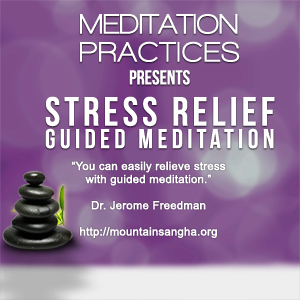 The Buddha was born with the name Siddhārtha Gautama sometime around 563 BC in the small kingdom of the Shakya republic in what is now known as the town of Lumbini in Napal. His father was Śuddhodana, King of the Shakya clan.
The Buddha was born with the name Siddhārtha Gautama sometime around 563 BC in the small kingdom of the Shakya republic in what is now known as the town of Lumbini in Napal. His father was Śuddhodana, King of the Shakya clan.
His mother, Queen Maha Maya, died during childbirth and he was raised by his mother’s youngest sister, Maha Pajapati.
He was not a god, but a human being like you and me.
Siddhārtha lived a princely life in separate seasonal palaces for the first 29 years of his life. He married Yaśodharā and had a child who he named Rāhula.
Whenever he left one of the palaces, his father made sure that the village was cleaned up so that Siddhārtha would not be exposed to the suffering in the outside world.
One day when he left the palace, he saw a sickly person and asked his charioteer, Channa whether something like that would happen to him. Channa told him the it happens to everyone!
On another visit outside the palace, he saw an old man struggling to walk through the village. Channa once again told him that old age happens to everyone.
On yet another excursion, he saw a corpse, and Channa explained that everyone will die.
On a fourth occasion, he saw a wandering mendicant and asked who he was. Channa told him that he was a seeker of truth and freedom from suffering.
These four outings are known as the four messengers that inspired him to leave the palace and find his own way to relieve his suffering and help with the transformation of suffering of others.
For six years, he wandered around the regions of what is today Northern India in search of liberation. He had many teachers and tried all kinds of ascetic practices.
One day, he settled down by a papilla tree, the Bodhi tree, near what is now the town of Bodh Gaya.
At the age of 10, he had drifted off into a deep meditation under a tree during a traditional planting ceremony on one of Śuddhodana’s estates. This became the motivation for him to sit under the Bodhi tree and achieve his awakened state. From then on, he was known as the Buddha.
After his awakening, he spent the next 45 years teaching people from all castes and all walks of life only one thing: “I teach only suffering and the transformation of suffering.”
Further Reading
You may want to read other articles in this series:
- Foundations Of Buddhist Thought – The Four Noble Truths
- Practicing Right View – Thich Nhat Hanh
- Foundations Of Buddhist Thought – The Eightfold Path
Are you ready to awaken?
Ask yourself, “What is my suffering and how can I transform it?”
Then ask yourself, “What is my happiness and how can I maintain it?
Comment below and I will send you a mindfulness meditation practice based on these questions.













You must be logged in to post a comment.